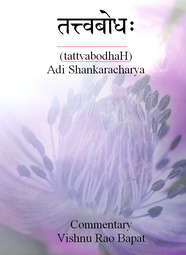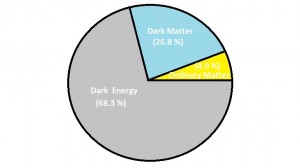
Part 18 of the commentary by Dr. VIshnu Bapat on Shankara’s Tattvabodha.This is a key work which introduces all of the key concepts of Advaita in a systematic manner.
The commentary is based upon those by several other authors, together with the audio lectures of Swami Paramarthananda. It includes word-by-word breakdown of the Sanskrit shloka-s so should be of interest to everyone, from complete beginners to advanced students.
Part 18 concludes the description of the ‘creation’ of the five basic elements and then moves on to the description of the evolution of the subtle sense organs of the jIva.
There is a hyperlinked Contents List, which is updated as each new part is published.

